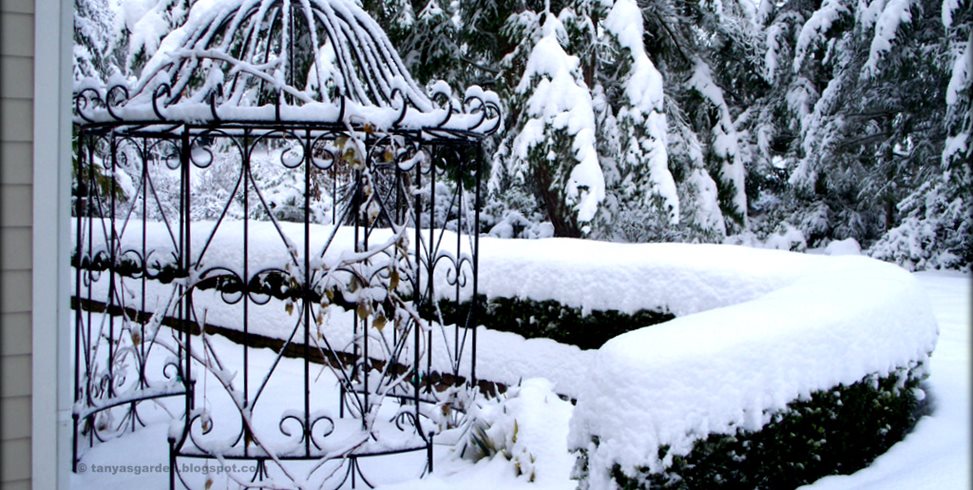My Garden: Seattle Garden Unites a Melting Pot of Styles
Described by visitors as “serene, peaceful, and relaxing,” Tatyana Searcy’s lush half-acre garden, located on a peninsula west of Seattle across the Puget Sound, belies its rocky beginnings“When my husband Bill and I started the garden years ago, I remember asking our builder during the site preparation why they dumped a truckload of rocks in a certain spot,” she says. “After a pause, he looked at me rather pitifully and said: 'This is your soil, Tatyana!'”
Armed with a pickax and an unflagging spirit, Searcy gradually transformed that sandy, rock-laden soil into a flourishing fusion of her favorite plant specimens and garden styles from around the globe. “Despite all the differences between countries, isn't it wonderful that we can have bits of different continents and regions in our own gardens? Many plants are interesting to me because they bring a piece of plant culture from the country of their origin,” she says.
Some of her favorite “immigrants” include Japanese aralia, which thrives in the moist and mild climate of Japan — one similar to that of the Pacific Northwest; Lobelia tupa, which brings a sense of the warm and arid atmosphere of Chile; and Centranthus ruber and Acanthus mollis, which remind her of trips to Italy and Southern France, where they grow abundantly in the wild.
Searcy describes the style of her garden as “casual elegant,” with elements of formal, cottage, vegetable, and herb gardens. “Being eclectic, my garden has some features that tie together its different parts and give it a sense of unity. Tight-clipped Japanese holly hedges in the front and back of the house, together with clipped boxwoods here and there, are essential in giving the garden a sense of order and a hint of formality. Japanese aralia, hydrangeas, astilbe, rhododendrons, Japanese anemone, Clematis montana, Japanese maples, Japanese forest grass, and western sword fern (Polystichum munitum) are plants that are repeated in different parts of the garden and provide continuity. I also use classic statuary elements of a similar style,” she says.
Much of the inspiration for her heterogeneous approach came from visiting gardens in England, Italy, France, Germany, and Canada. She also got ideas closer to home by touring local gardens in the Pacific Northwest.
“My garden wouldn't be the same without native plants,” she says. “Douglas firs bring a vertical dimension to the garden's composition. Native shrubs located around the property, such as salal and huckleberry, create visual walls, giving the garden a sense of seclusion, privacy, and peace. I can't say I acquired all of the plants because they were needed from a design point of view or to serve a special role in the garden. I got many of them just because I loved those particular plants.”
Searcy’s own garden has been featured in local tours as well, including the Gig Harbor Garden Tour and the Northwest Perennial Alliance Garden Tour. She also documents its progress monthly in her blog at tanyasgarden.blogspot.com.
“The garden often reminds visitors of English gardens. The clipped Japanese holly hedges get a lot of compliments, and I believe that it was one of my best decisions, to put 100 bushes on the back of the house and in front of it,” she says.
Tatyana’s 7 Tips for Creating Harmony in the Garden
- Acquire only the plants that you love.
- Move a plant to a different location if it doesn't thrive.
- Be careful not to overwhelm the space with “garden art.” Statues and figurines should never be the center of attention. They look best when tucked among the plants.
- Don’t be afraid to break the rules.
- Create a garden that reflects your tastes and works best for your individual space.
- If you can’t find a spot in the garden for a plant you fall in love with, put it in a container and place it on your porch or patio.
- Don’t choose plants only for their flowers. ”Many of my favorite plants are attractive to me because of their foliage. It's amazing how colorful and textured a plant bed of just various shades of green can be,” she says.












